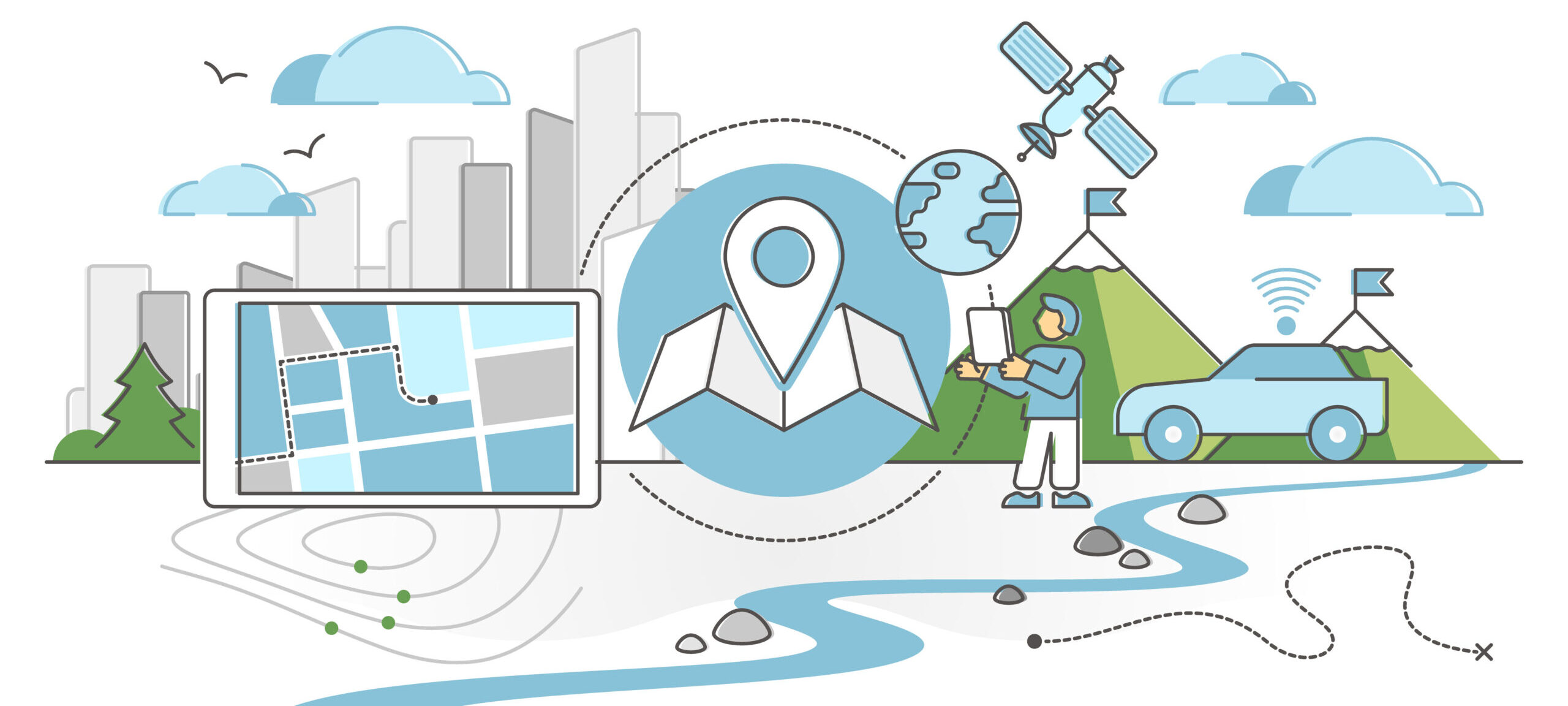Research on the climate-conflict nexus has widely shown that communities already suffering conflict and instability are often on the frontlines of climate change. Disastrous weather events caused by intensified climate extremes exacerbate existing social, environmental, and economic tensions, increasing the risk of violence. Of the 25 countries most impacted by climate change, 14 are active conflict zones.
In Asia, considered the world’s most disaster-prone region, the implications of such nexus are apparent. In the Philippines, violent extremist groups, including ISIL-linked Abu Sayyaf, offer alternative employment for fishermen whose economic opportunities have been reduced by a warm and acidifying ocean. In Bangladesh, a country where 46% of the workforce is engaged in agriculture, heat waves and unpredictable rainfall have forced farmers to migrate, placing additional social and economic pressures on urban areas. Climate change has also been shown to increase women’s and children’s vulnerability to human trafficking and early marriage.
Conflict-affected communities and states often do not have access to the resources required to respond effectively to the challenges posed by climate change. As risks compound, a vicious cycle of instability perpetuates environmental degradation, violent conflict, and displacement. Therefore, it is essential for development actors to ensure programs designed to stabilize, resolve, and prevent conflict also account for climate mitigation and adaptation. Technological innovations are a powerful tool for this.
How Can Technology Strengthen Both Climate and Conflict Programming?
In recent years, increased availability of high-resolution satellite imagery and geospatial tools have complemented surveys, interviews, and other more traditional research and analysis methods, providing a fuller understanding of the drivers of, and solutions to, dual conflict-climate challenges. The UK-funded Cross-Border Conflict, Evidence, Policy, and Trends (XCEPT) research program examines what drives violent and peaceful behavior, and how conflicts connect across borders – demonstrating how technology can augment the effectiveness of traditional research methods. From examining the intersection of resource insecurity and migration, to assessing how the availability of vegetation affects pastoralist mobility, satellite and other increasingly prevalent technologies enable XCEPT to better understand the complex relationship between the state of natural resources and the presence of violent conflict.
Satellite-enabled geospatial and radar data can be used to collect information on vegetation, crop health, soil moisture, and more. In the Helmand River Basin, along the Iran-Afghanistan border, these geospatial tools were essential for research on the outbreak of heavy fighting. Data and objective information provided a strong counterbalance in a tense geopolitical situation where the loudest voices can dominate the media and social landscapes, risking skewed research findings and policy outcomes. Specifically, researchers used geospatial analysis tools to assess the accuracy of competing Tehran- and Kabul-promoted narratives related to transboundary water rights in the region.
User-generated technology platforms, such as the encrypted tools like This Is My Backyard provide more granular insights by enabling those directly affected by the events in question to report their findings anonymously through a secure app. This data emphasizes local experiences, events, and insights. For example, indigenous communities in the Philippines have used the app to document illegal logging, fishing, mining activities, and other environmental violations witnessed. By documenting this evidence, Indigenous communities are better able to protect and govern their land while prioritizing their own safety. Identifying, mitigating, and addressing land and resource rights issues is critical to preventing conflict from occurring or escalating.
Technology Is an Asset – Not a Panacea
Technology should be seen as auxiliary, rather than a silver bullet. Complex problems need complex solutions. Chemonics works with partners to incorporate satellite data alongside key informant interviews, social media analysis, and quantitative data from other sources when conducting research on cross-border pastoralism and peacebuilding.
At the same time, there are inherent risks in using technology in peace and climate programming: what happens if tools or data fall into the wrong hands? In Yemen, where climate change causes heavy rain to flood lowlands, military forces use these new climate patterns to their advantage, launching attacks when they know floods will prevent their opposition from receiving reinforcements. This is only one example of how armed groups and other malign actors, using only common knowledge and their observations, can weaponize the consequences of climate change to achieve their strategic goals.
As such, development practitioners must think critically when using technology and sharing observations. Nathaniel Raymond, a lecturer at Yale University’s Jackson Institute for Global Affairs, notes that researchers often unintentionally provide valuable intelligence to bad actors by inadvertently revealing the location of at-risk or persecuted groups. It is essential to develop ethical guidelines and frameworks to harmonize the sector’s use of technology.
When designing and implementing programs, it is crucial to recognize the many ways in which climate change and conflict are inextricably linked. Technology cannot provide a quick, all-encompassing answer to complex problems, but it can serve as a valuable tool to help us better understand them. Communities that are resilient to the impacts of climate change are often better able to resist or recover from conflict. Focusing specifically on dual climate-conflict challenges, as well as how and where the two intersect, provides us with targeted entry points to address these intertwined challenges.
This post was adapted from a blog written by Abigail Corey.



